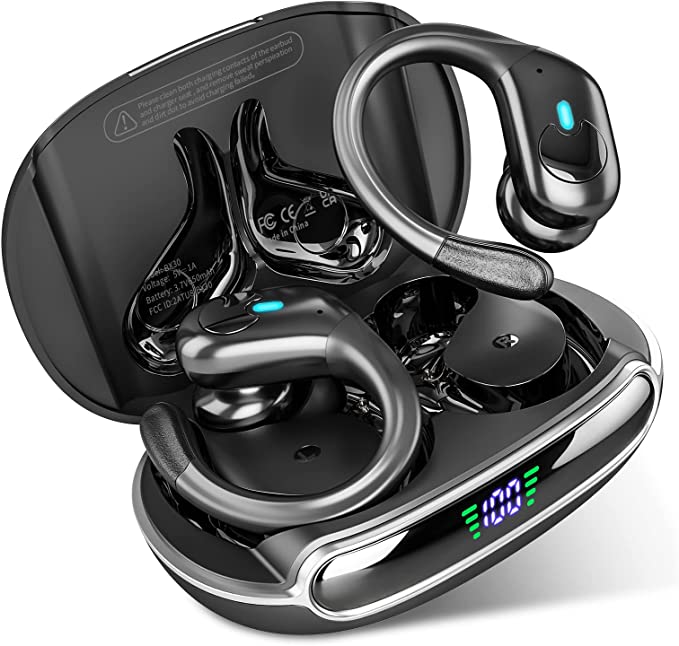Your CO Detector's Secret: Understanding Event Memory and Peak Level
Update on Oct. 26, 2025, 8:41 a.m.
You come home from a weekend away. As you drop your bags, you notice something odd. The small green LED on your carbon monoxide (CO) detector, which usually flashes every 30-60 seconds, is now flashing every 10 seconds. It’s not alarming, but it’s… different.
Or perhaps a storm knocked out your power. When the electricity returns, your plug-in detector beeps and resets, seemingly back to normal.
In both cases, a critical question lingers: Did I miss something? Did a CO event happen while I was gone or while the power was out? With a basic detector, you’ll never know. But with an alarm that has “Event Memory,” the unit can tell you exactly what happened.

Beyond the Real-Time Alarm
We buy CO detectors for the loud, 85-decibel alarm that warns us of immediate danger. But one of the greatest challenges in diagnosing CO problems is the “intermittent fault.” This is a problem that comes and goes.
Maybe a furnace heat exchanger only leaks CO when it’s under heavy load. Maybe a chimney backdrafts only when the wind blows from a specific direction. By the time you call a technician, the problem has vanished, and they find nothing.
This is where “memory” features become a diagnostic tool, turning a passive alarm into an active data recorder. This feature comes in two main levels.
Level 1: Event Memory (The “It Happened” Alert)
Event Memory is the most basic form of this feature. It’s a simple flag in the detector’s logic.
If the alarm detects a dangerous concentration of carbon monoxide (typically over 100 PPM), it will “latch” this event. Even after the gas clears and the alarm stops sounding, the detector will continue to signal that a high-level event occurred.
How does it signal this? It varies by model. In the case of a detector like the Kidde KN-COB-LP2, the user manual notes that if it has detected 100ppm or more, the green LED will flash every 10 seconds. This is a silent, visual cue that you must not ignore. It will keep flashing this warning until you manually press the Test/Reset button to clear the memory.
This feature is invaluable. It’s the detector’s way of saying, “Hey, while you were out, we had a serious problem. You need to investigate this.”
Level 2: Peak Level Memory (The “How Bad It Was” Report)
This is the next step up, typically found on detectors with a digital display (like the Kidde KN-COPP-B-LPM model mentioned in user manuals). A Peak Level Memory doesn’t just tell you that an event happened; it tells you how bad the event was.
This function records the highest CO concentration (measured in PPM) the unit has detected since its last reset.
What is PPM? It stands for “Parts Per Million.” Imagine one million tiny balls in a jar; PPM is the count of how many of those balls are “bad” (CO) instead of “good” (air). A reading of 50 PPM is the limit for continuous adult exposure. A reading of 400 PPM can be life-threatening in under three hours.
When you press the “Peak Level” button, the screen might show “120 PPM.” This is iron-clad evidence. You can now call your HVAC technician and say, “My alarm recorded a peak level of 120 PPM sometime in the last 24 hours.”
This single piece of data transforms the service call. The technician is no longer hunting for a “ghost”; they are hunting for the source of a confirmed, high-level leak.

A Diagnostic Tool in Plain Sight
Whether it’s a simple flashing light (Event Memory) or a hard number (Peak Level Memory), this function is arguably one of the most important features to look for when buying a new CO detector.
It protects you from the unknown. It logs dangers that occur during power outages (if your unit is battery-powered or has battery backup). It gives you the concrete data needed to get intermittent problems fixed.
When you clear the memory (usually by pressing and holding the Test or Peak Level button), you are resetting your baseline. Now, it’s monitoring again. The next time you shop for a CO alarm, don’t just look at the price. Look for the words “Event Memory” or “Peak Level.” A detector that only warns you in the moment is only doing half its job.





























